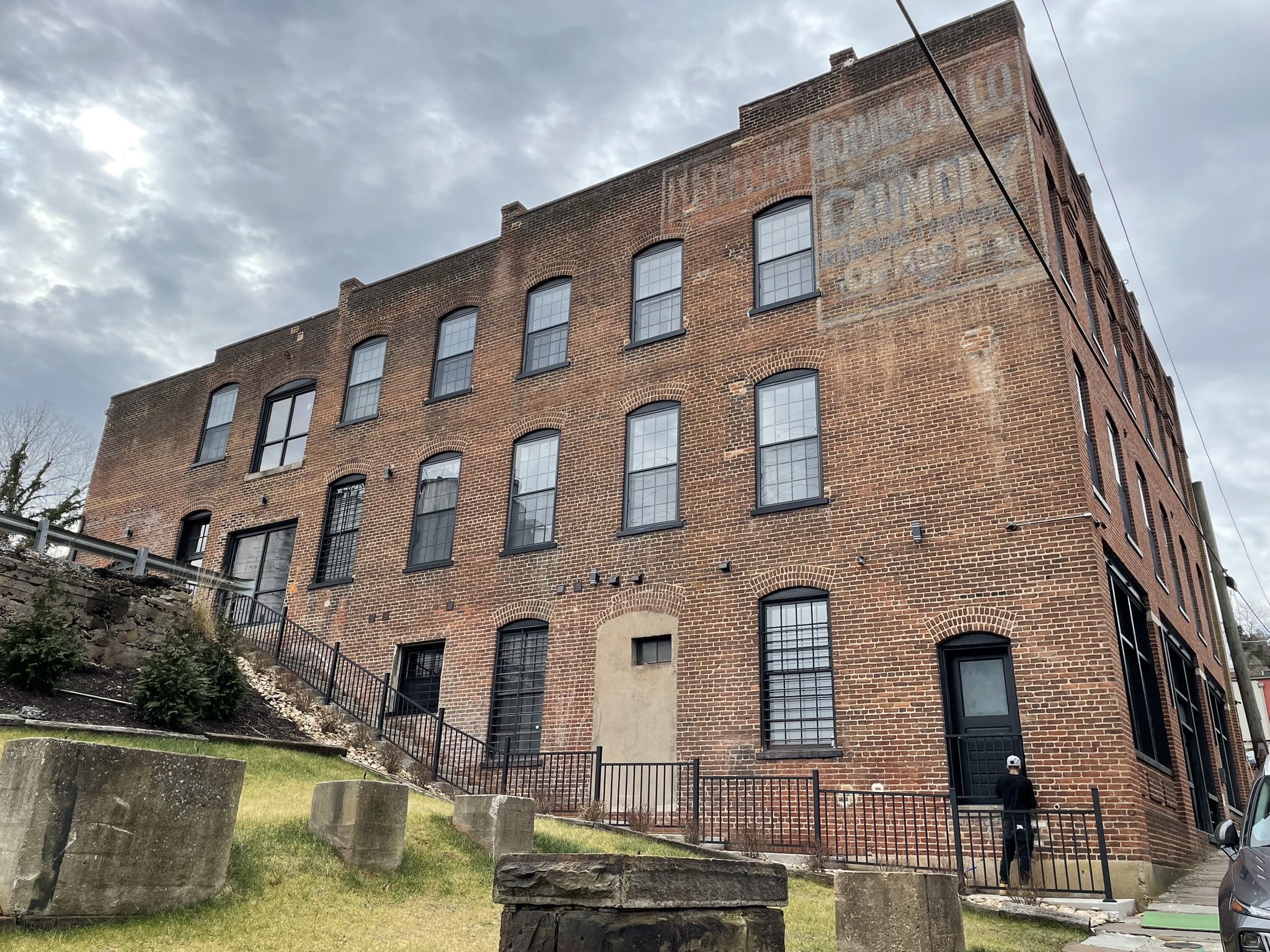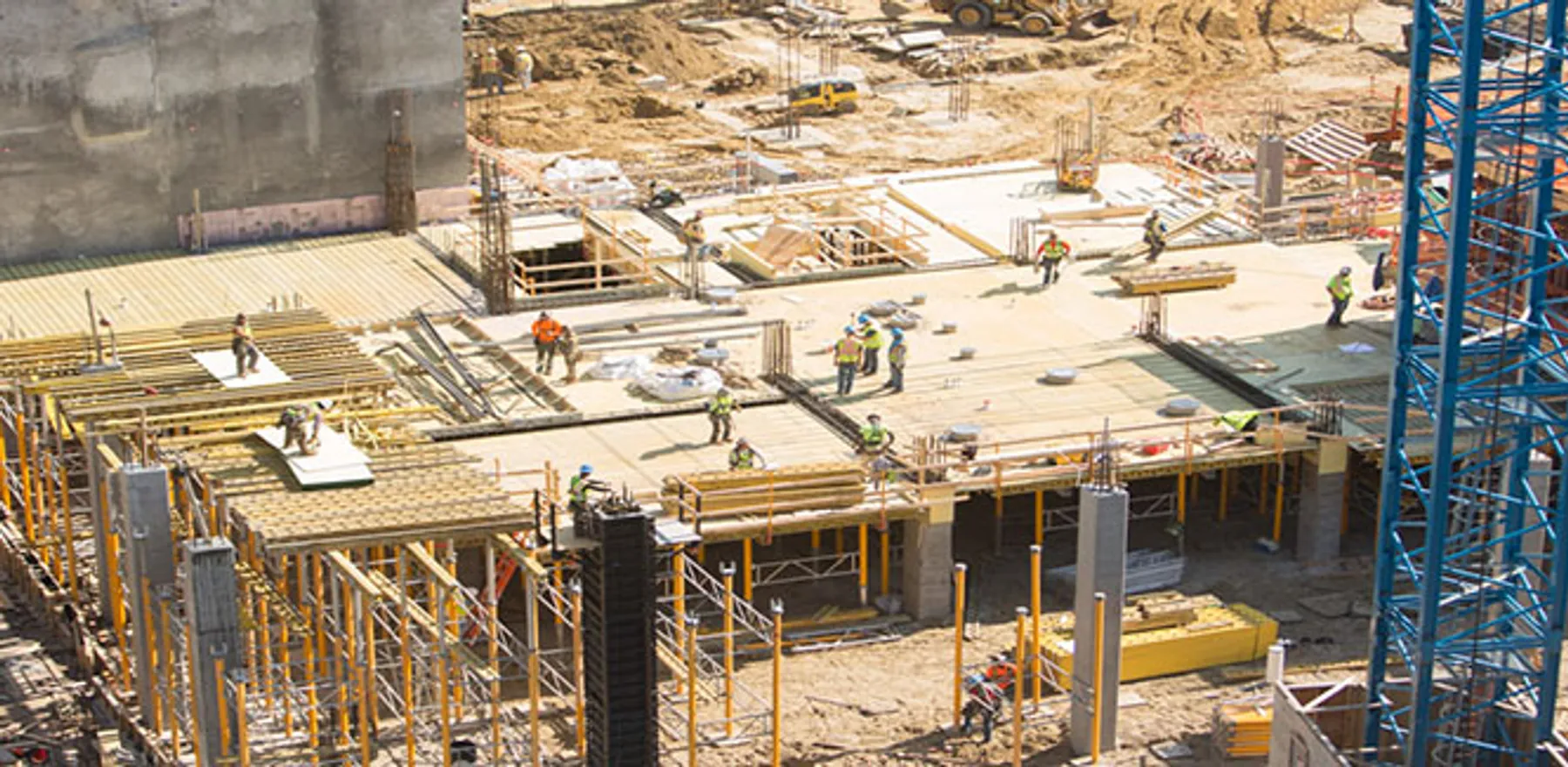Furniture, Fixtures, and Equipment (FF&E) are essential components in both residential and commercial properties, significantly contributing to the overall functionality, comfort, and appeal of a space. FF&E includes items like furniture, lighting, built-in cabinetry, and appliances that are not permanently attached to the property but are necessary for its use and operation. While FF&E is crucial for the day-to-day use of a property, its impact on property value and the appraisal process is often complex. This article explores what FF&E is, how it affects property value, and how appraisers calculate FF&E costs.
What Is FF&E?
FF&E stands for Furniture, Fixtures, and Equipment, and refers to movable items within a property that are used in its operation but are not permanently attached to the building. These items can be easily removed or replaced without altering the structure of the property. Examples of FF&E include:
Furniture: Desks, chairs, tables, beds, and sofas.
Fixtures: Built-in shelving, lighting fixtures, and bathroom vanities.
Equipment: Appliances, HVAC units, kitchen equipment, and office machinery.
FF&E is commonly found in commercial properties such as hotels, restaurants, office buildings, and retail stores, where it plays a critical role in the business’s operations and customer experience.
Impact of FF&E on Property Value
The value of FF&E can influence a property’s overall market value, particularly in commercial real estate. However, it is typically considered separately from the real estate itself during appraisals, as FF&E does not form part of the immovable property.
Enhancing Property Functionality and Appeal
FF&E adds significant value by enhancing the functionality and appeal of a property. For example, in a hotel, the quality and condition of the furniture and fixtures directly impact guest satisfaction and, by extension, the property’s revenue potential. High-quality FF&E can make a property more attractive to potential buyers or tenants, thereby indirectly boosting its market value.
Depreciation of FF&E
Unlike the property itself, which may appreciate in value over time, FF&E generally depreciates due to wear and tear, technological obsolescence, and changing design trends. This depreciation must be considered when assessing the impact of FF&E on the overall property value. Older or outdated FF&E may detract from the property’s appeal, potentially lowering its market value.
FF&E in Income-Producing Properties
In income-producing properties like hotels or restaurants, FF&E is directly tied to the property’s income potential. Well-maintained and modern FF&E can lead to higher occupancy rates, better customer experiences, and increased revenue, which positively impacts the property’s value. Conversely, outdated or poorly maintained FF&E can result in lower income and reduced property value.
How Appraisers Calculate FF&E Costs
When appraising a property, appraisers often need to estimate the value of FF&E separately from the real estate. The process typically involves several steps and considerations:
- Inventory of FF&E:
The appraiser first conducts an inventory of all FF&E within the property. This inventory includes a detailed list of all furniture, fixtures, and equipment, along with their age, condition, and any unique characteristics. In commercial properties, this inventory can be extensive, covering everything from office desks to industrial kitchen appliances.
- Assessment of Condition and Depreciation:
After creating the inventory, the appraiser assesses the condition of each item. The condition of FF&E significantly affects its value, as well-maintained items are worth more than those that are worn or outdated. The appraiser also calculates depreciation, accounting for factors like age, wear and tear, and obsolescence. Depreciation can be calculated using various methods, such as straight-line depreciation or accelerated depreciation, depending on the item and its expected lifespan.
- Replacement Cost:
The appraiser estimates the replacement cost of each FF&E item, which is the cost to purchase a similar item new at current market prices. This estimate helps determine the value of FF&E in its current state and is essential for insurance purposes and for buyers who may need to replace items after purchase.
- Market Data and Comparable Sales:
In some cases, appraisers use market data and comparable sales to estimate the value of FF&E. This involves analyzing the sales of similar properties with comparable FF&E to determine how much value the furniture, fixtures, and equipment add to the overall property.
- Final Valuation:
After considering the inventory, condition, depreciation, and replacement cost, the appraiser arrives at a final valuation for the FF&E. This value is then included in the overall property appraisal, but it is typically reported separately from the real estate itself. This separation is important for financial reporting, taxation, and insurance purposes.
Furniture, Fixtures, and Equipment (FF&E) play a vital role in the operation and appeal of both residential and commercial properties, influencing their functionality and value. While FF&E is typically valued separately from the real estate itself, it has a significant impact on the overall market value, especially in income-producing properties. Appraisers carefully assess the value of FF&E by considering factors such as condition, depreciation, and replacement costs, providing property owners and buyers with a clear understanding of the property’s total value. Understanding the role of FF&E in property valuation helps owners make informed decisions about investment, maintenance, and insurance coverage.
By Thomas McCoy & William Wilson




